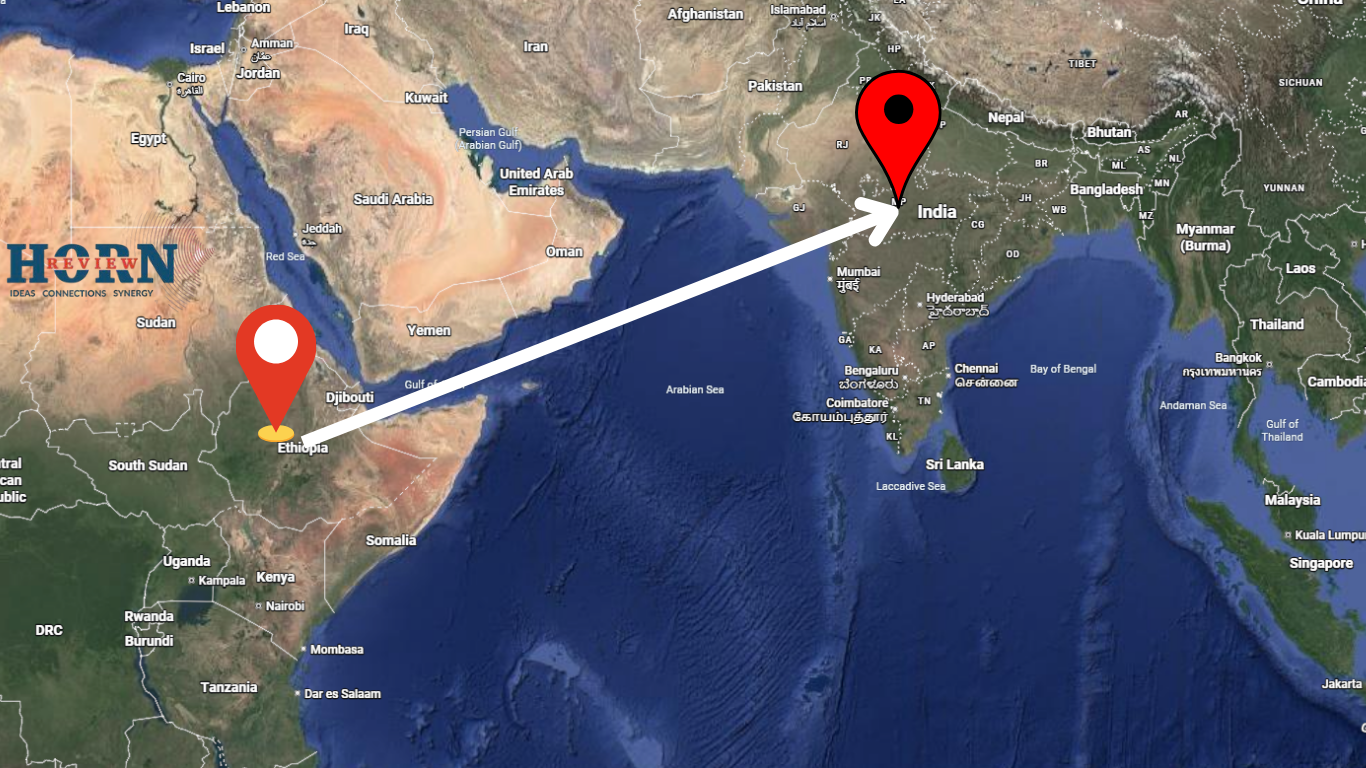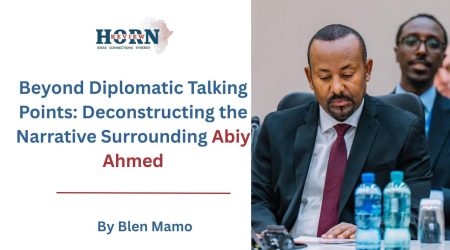
12
Jun
Unlocking Mineral Trade Potential: Ethiopia’s Strategic Export Opportunities to India
A presentation on the research study titled “Export Opportunities for Potash, Precious and Semi-Precious Stones, Rare Earth Elements, Metals and Minerals from Ethiopia to India” was held at the Federal Democratic Republic of Ethiopia (FDRE) Ministry of Mines. The study was conducted by Mr. Sunil Verma with the support of the Embassy of India in Addis Ababa and the Ministry of Mines of Ethiopia. The event brought together distinguished guests including Mr. Anil Kumar Rai, Ambassador of India to Ethiopia; Mr. Million Mathewos, State Minister for Energy and Mines of Ethiopia; Mr. Bisrat Kebede, Director General of the Mineral Industry Development Institute.
The research aimed to assess Ethiopia’s mineral wealth and its export potential, particularly to India. Ethiopia is rich in resources such as potash, rare earth elements (REEs), and a variety of precious and semi-precious stones, yet these resources are significantly underutilized. The study aligns with Ethiopia’s economic reform agenda, which targets increasing the mining sector’s contribution to the national GDP from 2% to 14% over the next five years. This goal is part of a broader strategy to attract foreign direct investment, create jobs, diversify exports, and integrate the mining sector with manufacturing.
Among the key mineral resources identified, Ethiopia holds over 4 billion tons of potash in the Danakil Depression, making it one of the world’s largest reserves. Its gemstone sector is equally promising, with more than 40 varieties including opals, emeralds, sapphires, and garnets. Furthermore, the country hosts REEs essential for clean energy and electronics, such as neodymium and praseodymium, as well as significant deposits of tantalum, graphite, lithium, and phosphate. These align closely with India’s growing demand for critical minerals driven by industrial expansion, clean energy initiatives, and a robust jewelry market.
Despite the abundance of resources, Ethiopia faces multiple challenges that hinder the growth of its mining exports. These include complex regulatory processes, infrastructure deficits, inadequate transport networks, and over-reliance on Djibouti’s port. The dominance of informal artisanal mining operations and limited value addition due to the lack of local processing facilities further constrain export potential. Indian buyers have shown interest in Ethiopian minerals but have raised concerns regarding supply reliability, quality certification, and trade logistics.
The research also emphasized the importance of strategic reforms and partnerships. Ethiopia has begun revising its mining investment laws, introducing revenue-sharing frameworks, and engaging in global platforms such as the African Mining Vision and BRICS. The “Africa Mineral Partnership Program” was also noted as a platform to attract responsible investment and improve governance. The study recommends Ethiopia take advantage of India’s Duty-Free Trade Preference (DFTP) scheme, which includes numerous mineral products and presents a favorable market opportunity.
In the short term, the study suggests simplifying export procedures, improving customs processes, and promoting the DFTP scheme among exporters. Long-term recommendations include investing in transport and storage infrastructure, establishing cutting and polishing units for gemstones, promoting joint ventures between Indian and Ethiopian firms, and formalizing artisanal mining to enhance quality and legality. Furthermore, it recommends the integration of artisanal knowledge into modern mining training programs to preserve indigenous expertise while modernizing the sector.
In conclusion, the research underscores Ethiopia’s potential to become a strategic mineral supplier to India. With the right investments, regulatory reforms, and international cooperation, Ethiopia can unlock significant economic value from its mineral wealth. The presentation highlighted that this partnership could be mutually beneficial, positioning Ethiopia as a resource hub for the global clean energy transition while enabling India to secure vital inputs for its industrial and technological growth.
By Tsegaab Amare,Researcher,Horn Review










